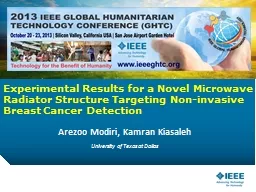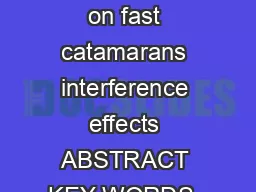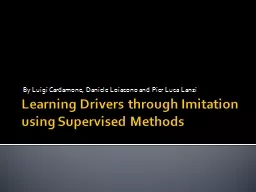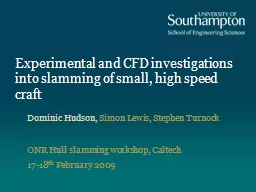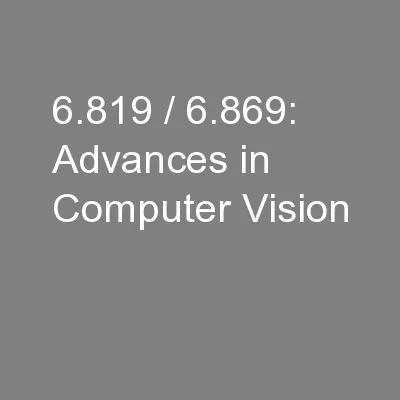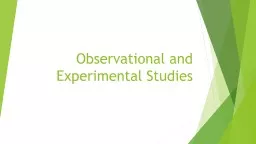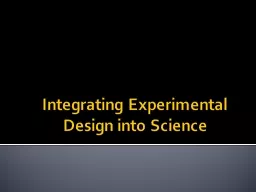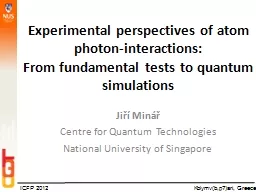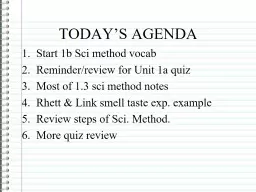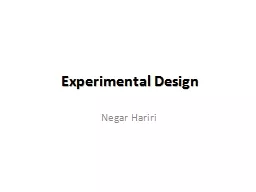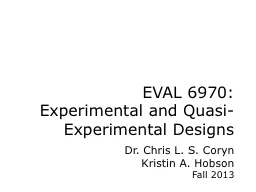PPT-Experimental Results for a Novel
Author : alida-meadow | Published Date : 2017-10-27
Microwave Radiator Structure Targeting Noninvasive Breast Cancer Detection Arezoo Modiri Kamran K iasaleh University of Texas at Dallas This Studys Goal Portable
Presentation Embed Code
Download Presentation
Download Presentation The PPT/PDF document "Experimental Results for a Novel" is the property of its rightful owner. Permission is granted to download and print the materials on this website for personal, non-commercial use only, and to display it on your personal computer provided you do not modify the materials and that you retain all copyright notices contained in the materials. By downloading content from our website, you accept the terms of this agreement.
Experimental Results for a Novel: Transcript
Download Rules Of Document
"Experimental Results for a Novel"The content belongs to its owner. You may download and print it for personal use, without modification, and keep all copyright notices. By downloading, you agree to these terms.
Related Documents

